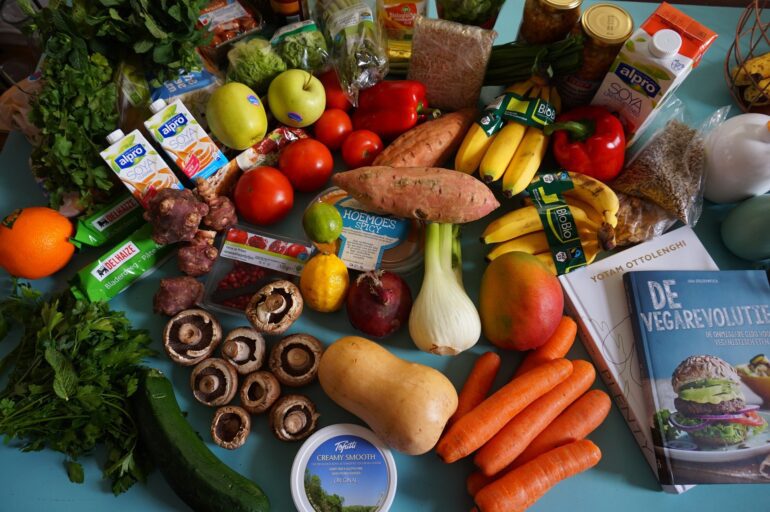TL;DR:
- Novolyze has enhanced its environmental monitoring platform (EMP) with predictive data modeling and analytics.
- The platform automatically generates trend charts and heat maps using historical and real-time data.
- The new features help identify high-risk areas, forecast outbreaks, and predict foodborne pathogens.
- Digitalization of EMPs enables real-time data collection, reducing paper usage for food and beverage manufacturers.
- Predictive insight allows proactive measures to prevent contamination and ensure product quality for ready-to-eat foods.
Main AI News:
Novolyze has introduced advanced predictive data modeling and analytics, powered by artificial intelligence (AI) and machine learning (ML), to its Sanitation Complete and environmental monitoring platform (EMP). This new release enhances the platform’s capabilities by automatically generating trend charts and digital heat maps using both historical and real-time data from various sources.
The addition of trend charts and heat maps provides a comprehensive and visually intuitive view of the data, enabling users to identify high-risk areas, forecast outbreaks, and predict the presence of foodborne pathogens during specific process times and seasons. This digitalization of EMPs and sanitation programs is particularly important for food and beverage manufacturers, as it reduces reliance on paper-based systems and offers real-time data for maintaining food safety and quality, especially for ready-to-eat (RTE) foods.
The use of predictive insight in EMP and sanitation allows manufacturers to proactively identify potential areas of contamination before they become problematic. By digitizing the collection and analysis of data on environmental conditions, such as temperature, humidity, and sanitation practices, the platform develops models to predict when and where contamination events may occur. This empowers manufacturers to take proactive measures to prevent contamination, rather than waiting for issues to arise and reacting to them.
For instance, if the platform alerts manufacturers to specific areas in their facility with a higher risk of contamination, they can take immediate action by increasing sanitation measures in that area or adjusting the production process to minimize the risk. This proactive approach helps prevent potential food safety issues and ensures that the RTE foods they produce are safe for consumption.
Moreover, predictive modeling also contributes to improving product quality. By continuously monitoring real-time and predictive data on environmental conditions, manufacturers can identify and address factors that could affect product quality, such as fluctuations in temperature or humidity. This proactive monitoring helps maintain consistent product quality, meeting the expectations of consumers.
Conclusion:
Novolyze’s integration of predictive insight and machine learning into its environmental monitoring platform provides significant benefits to the food safety market. By leveraging historical and real-time data, manufacturers can proactively identify and address potential areas of contamination, reducing the risk of foodborne illnesses. This technology not only enhances food safety but also improves product quality by monitoring environmental conditions. The adoption of such advanced solutions is essential for food and beverage manufacturers to maintain high standards of safety and quality while optimizing their production processes.

